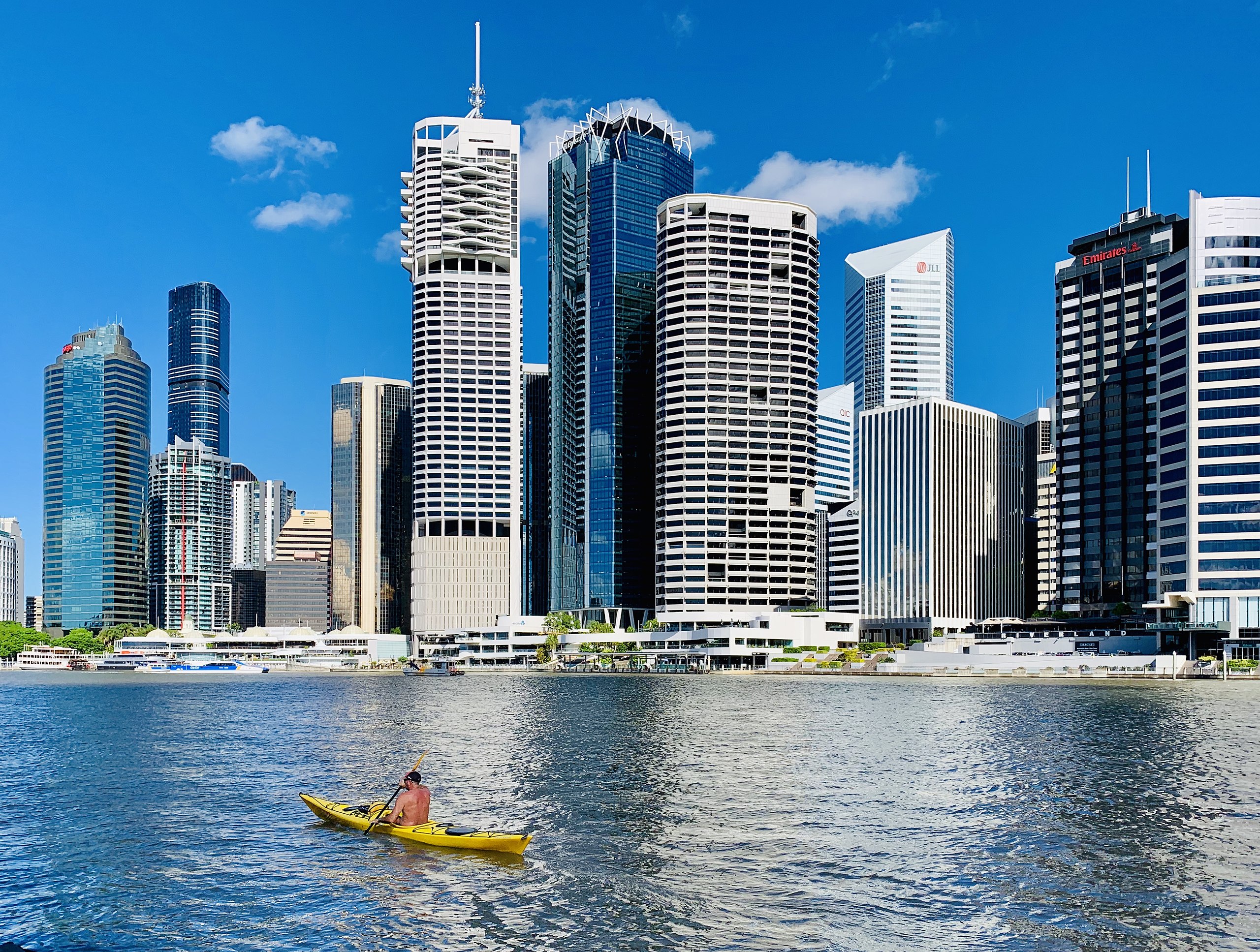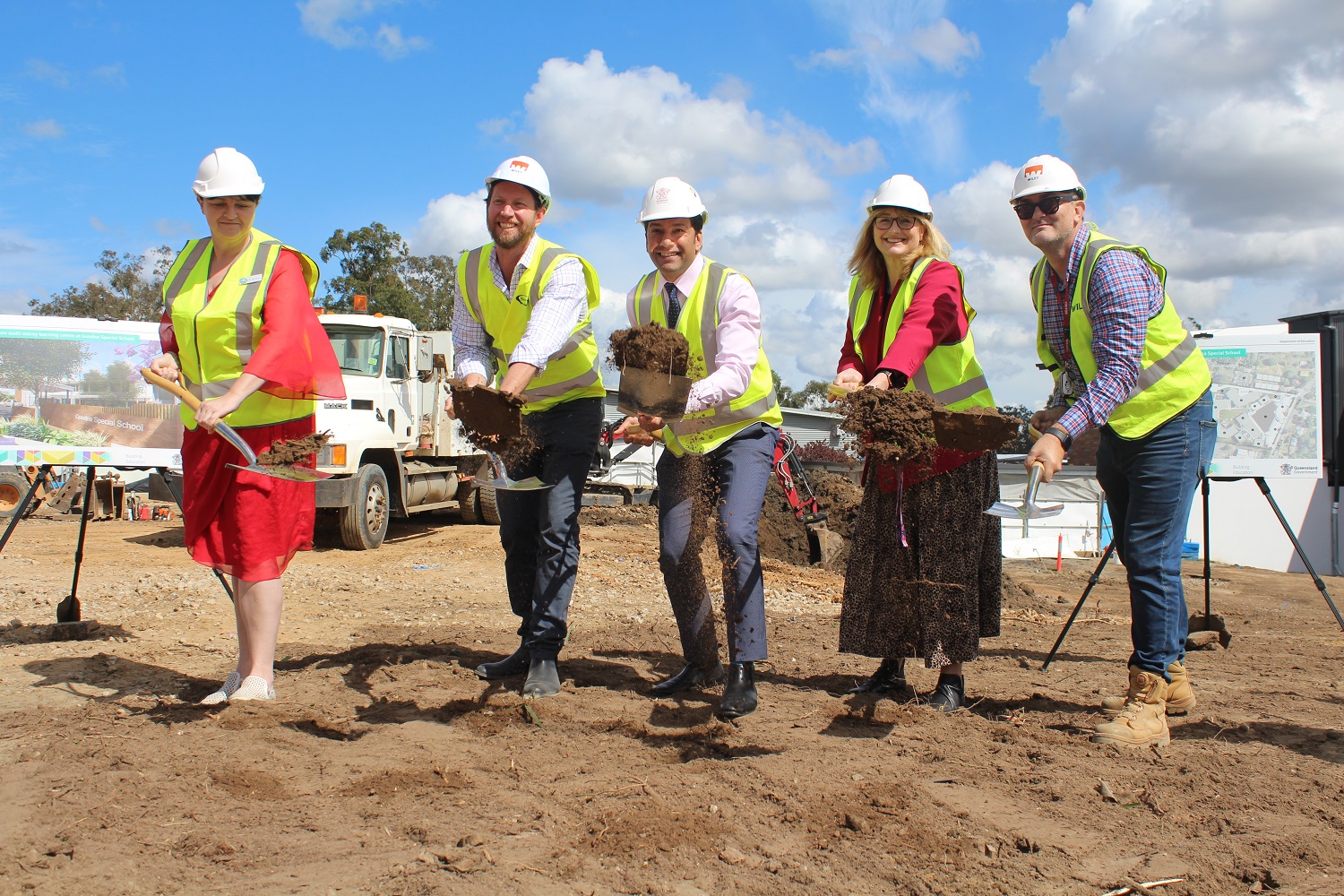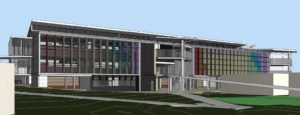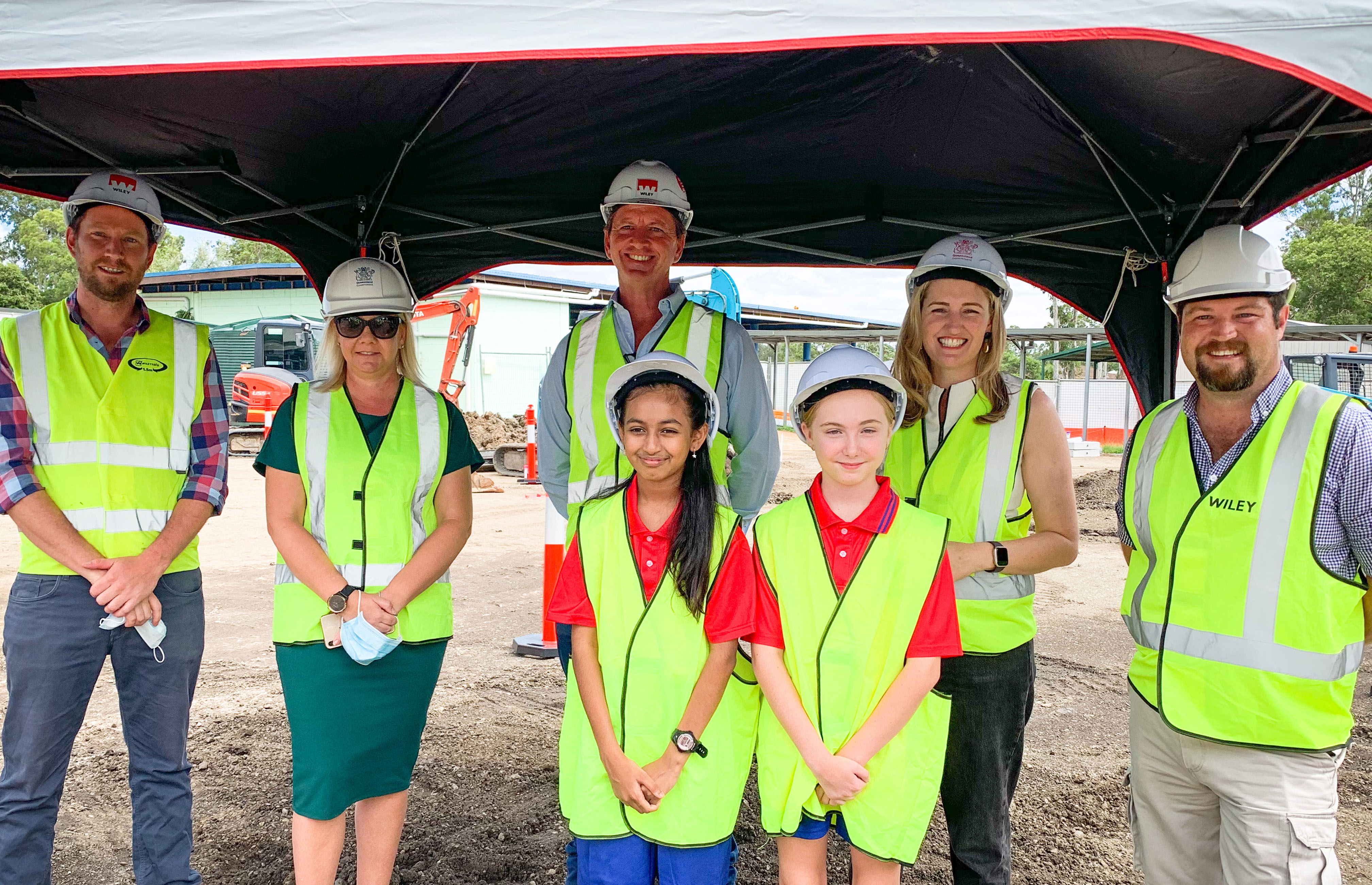By the year 2033, Queensland’s population will hit 6.16 million. That’s 16% percent more people calling the state home, up from the 5.3 million reported last year. And unsurprisingly, most of those people will live in Brisbane.
We’re a Brisbane-based company, so we’re interested in how our city’s expanding population will affect the kinds of facilities we build. Will more schools, hospitals and food processing facilities be needed for a city with more people?
To address these questions, we’re running three articles looking at population growth. The numbers come from a report published last month by the Federal Government’s Centre for Population. In our first article, we’ll take a look at how population growth will impact healthcare.
A larger population means an older population.
The surprising part of Brisbane’s growth isn’t that we’ll need more hospitals for everyone, but more healthcare for older people. People are enjoying longer lives, while birth rates are dropping, so the population in won’t just be larger in 2023: it will also be older. This trend alone will have the biggest affect on the city’s health needs. And according to Professor Laurie Buys, expert in ageing at the Australian Catholic University, we won’t just need more healthcare for old people, but a different kind.
“Older people of the future will be very different from older people of today,” she explains. “These days, most older people have expectations of continued engagement in community activities and leisure well into their 80s and 90s.”
What she means is that locked, walled-off aged care facilities will no longer be the norm.
According to research, only 6% of people aged over 65 require residential aged care (and 20% aged over 80). But when aged care is required, international research has found that models that encourage community engagement, such as in Europe and the USA, have delivered better health, social and emotional outcomes.
“We know that boring environments can facilitate a loss of cognition and confidence,” says Buys. “It is likely if you put someone in an environment that’s totally safe and uninteresting, they will find it boring. People who are engaged and appropriately challenged by their environments have better well-being.”
There’s been a shift in design thinking.
Buys suggests that in 10 years, Brisbane will need healthcare facilities that look and feel more like homes. In Singapore, a company called Red Crown is designing facilities that do just that. They curate aged care accommodation within traditional homes and deliver staff and services to ensure residents connect with each other and their environment. And the benefit, says Buys, is that people who stay active require less care.
“If we keep our population vibrant, we’ll need different kinds of infrastructure. With the right kinds of infrastructure and with regular health checks, end of life will be shorter and happier for all of us.”
Wiley is invested in building the healthcare facilities of tomorrow.
Michael Fung heads our work in health infrastructure and strongly agrees with Professor Buy’s way of thinking. “Healthcare facilities should improve health outcomes,” he says. “That’s why we’re building facilities that incorporate the latest research findings into their designs. Not just doing things the way others have always done them.”
As an example, he points to a modular operating theatre that Wiley delivered for Toowoomba Base Hospital in 2021. As the area’s population grew, the hospital needed to increase its theatre capacity for expectant mothers, while future-proofing its patient needs. Wiley delivered a 400m² facility that allowed direct patient transfer from the existing surgical suites and MRI departments, meaning lowered wait times. For this installation, our contract administrator Zane Taylor received the National Professional Excellence Award from the Australian Institute of Building last year.
The facility delivered in Toowoomba was just one example of our dedication to quality and forward thinking. Because as Fung says: “we’re here to build a better future. Not to just build.”



